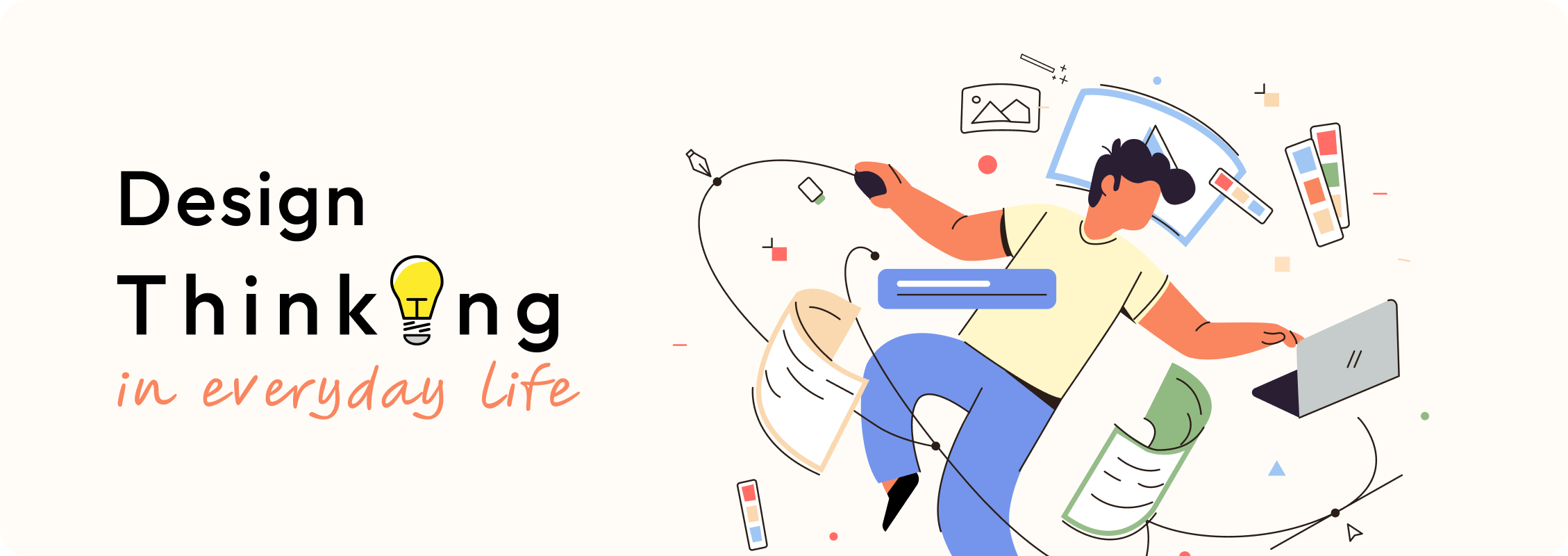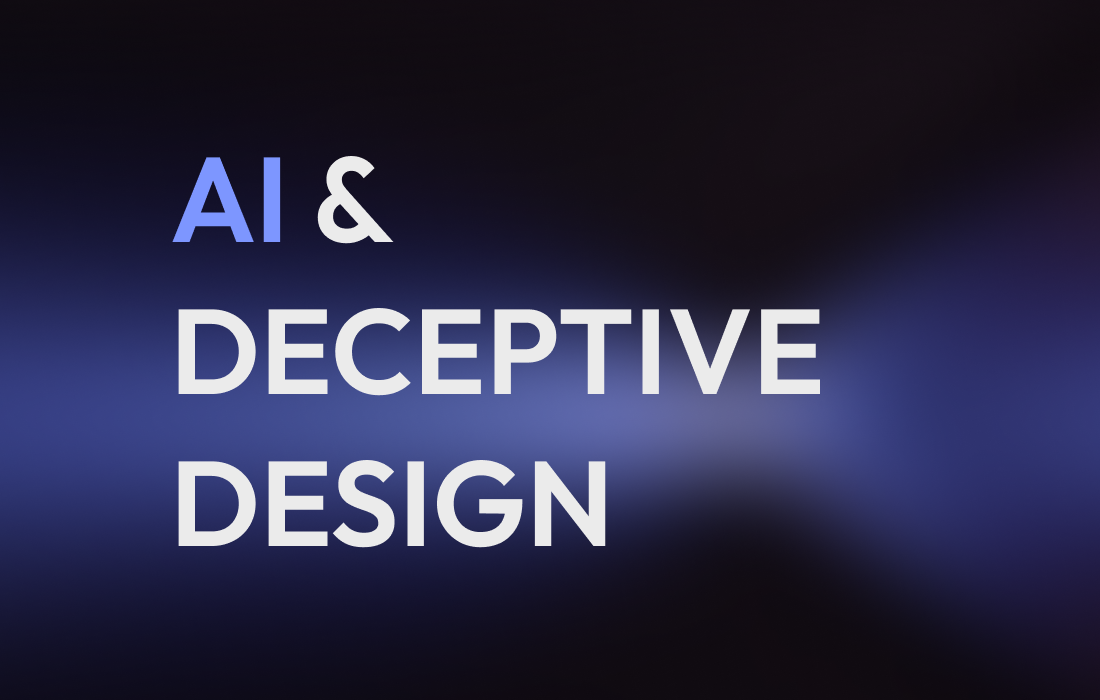Blogs
How Design Thinking Shapes My Life
Ganesh Baskaran
Posted On February 3, 2025

If you’re a designer, you’ve probably heard of Design Thinking. It’s that iterative, human-centered approach to problem-solving that we apply to create intuitive, user-friendly experiences. But have you ever wondered how Design Thinking spills over into the way we live our lives? For me, it’s more than a methodology—it’s a mindset that has quietly shaped the way I approach decisions, relationships, and even my personal growth.
It’s been eleven years since I first stepped into the world of design— back in 2014. What started as a professional skill quickly became a lens through which I viewed the world. Whether I was making a career choice, navigating a personal challenge, or simply deciding how to spend my weekend, I found myself instinctively applying the principles of Design Thinking. Was it always perfect? Absolutely not. Emotions sometimes took over, and not every decision was backed by a flawless process. But the core idea—of observing, empathizing, ideating, prototyping, and testing—became a natural part of how I operated.
You might argue that this is just common sense, that anyone practical would approach life this way. But here’s the thing: Design Thinking isn’t just about being practical. It’s about being intentional. It’s about questioning assumptions, validating ideas, and being open to iteration. It’s about understanding that failure isn’t the end—it’s just a step in the process. And as a designer, this mindset has become second nature to me.
One of the most essential skills I’ve honed as a designer is the ability to observe—truly observe—the world around me. It’s not just about noticing the details; it’s about understanding the why behind them. Why do people behave the way they do? What drives their decisions? What are their pain points? This curiosity extends beyond my work. In my personal life, I’ve become more attuned to the nuances of my surroundings, the people I interact with, and even my own behavior.
Empathy, of course, is at the heart of it all. As designers, we’re trained to put ourselves in the shoes of our users, to feel what they feel and see the world through their eyes. In my life, I’ve found that this empathy often turns inward. I’ve become my own user, so to speak. I’m constantly asking myself: What’s working? What’s not? How can I make this better? It’s not about perfection—it’s about progress. And just like in design, the process is never truly finished. There’s always room to iterate, to refine, to grow.
So, why does this matter? Because Design Thinking isn’t just a tool for creating better products or experiences—it’s a framework for creating a better life. It’s about approaching challenges with curiosity, embracing uncertainty, and being willing to learn from every step of the journey. Whether I’m designing a user interface or navigating a personal decision, the principles remain the same: observe, empathize, ideate, prototype, and test. And repeat.
In the end, Design Thinking has taught me that life, much like design, is a work in progress. And that’s okay. Because the beauty lies in the process, not just the outcome.


